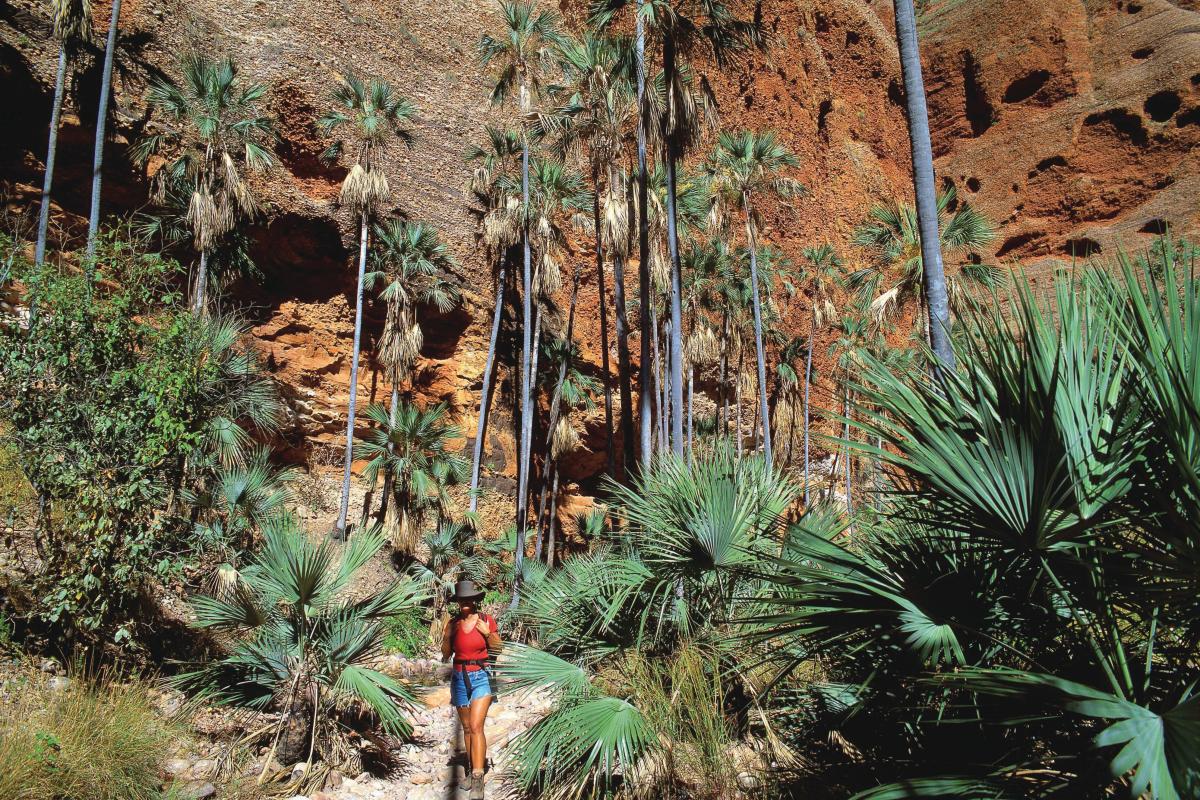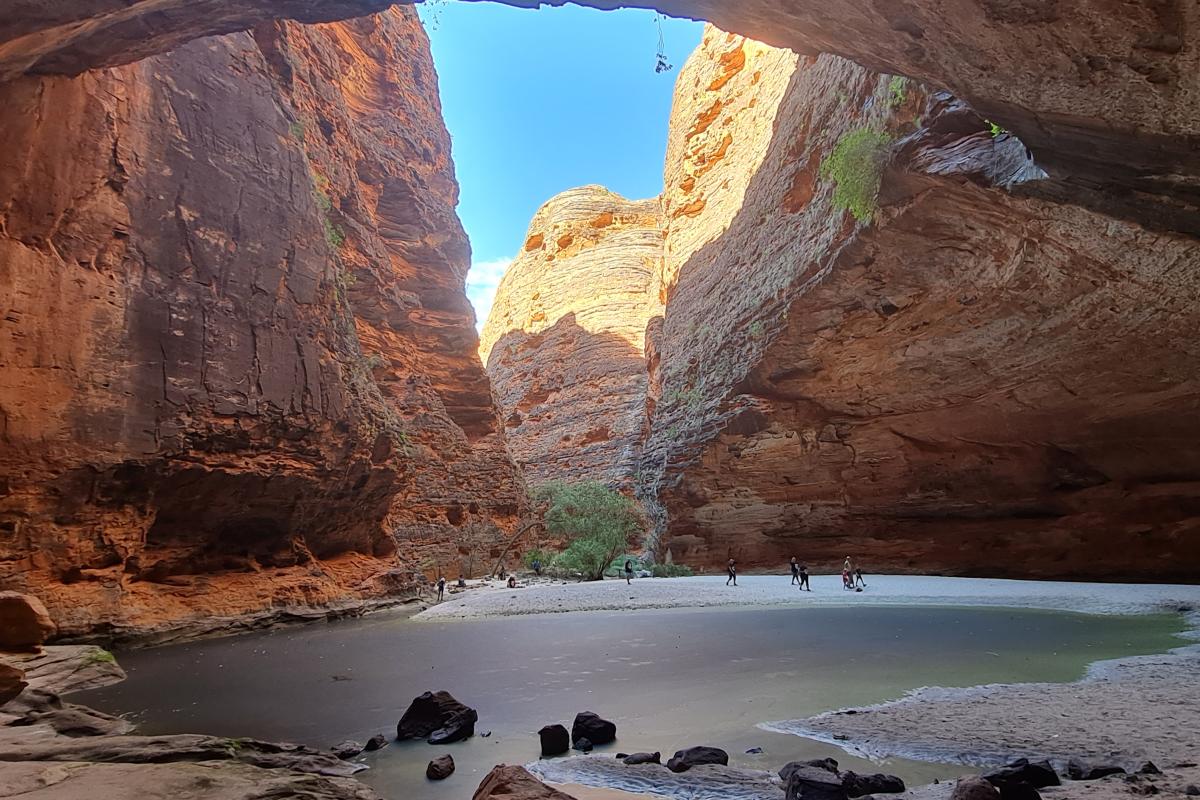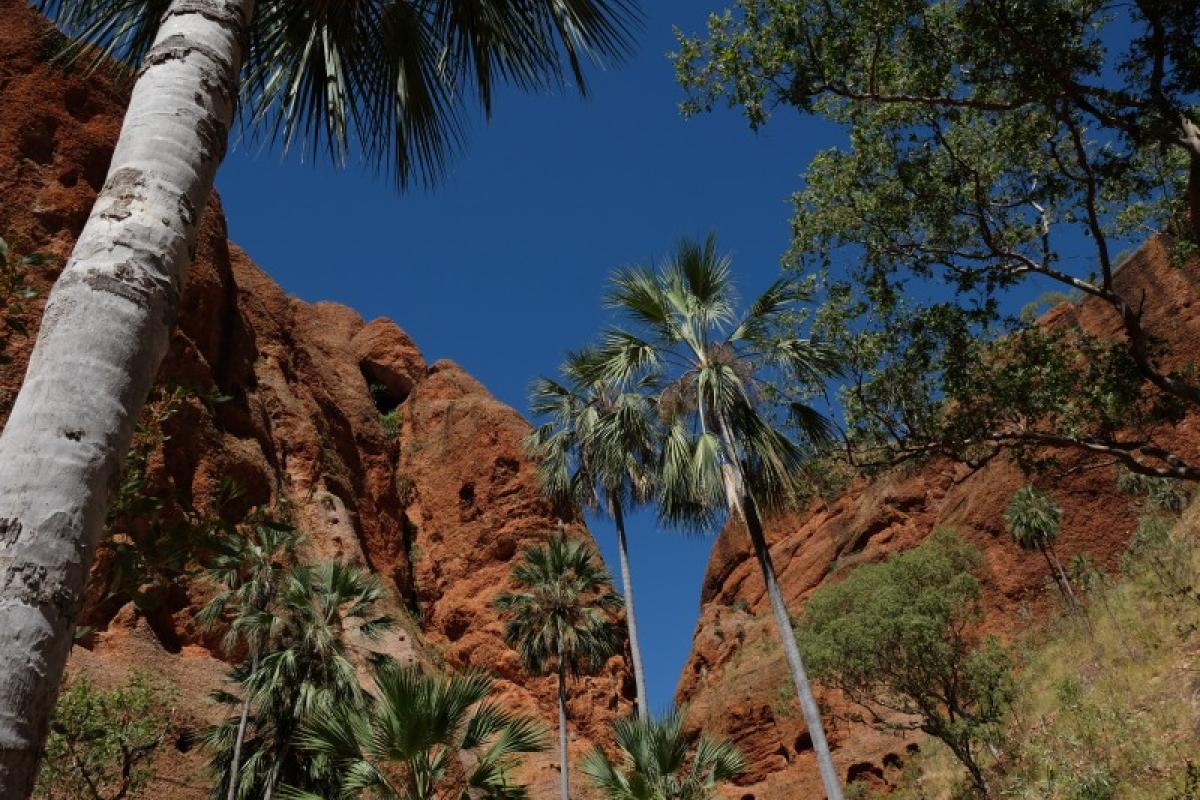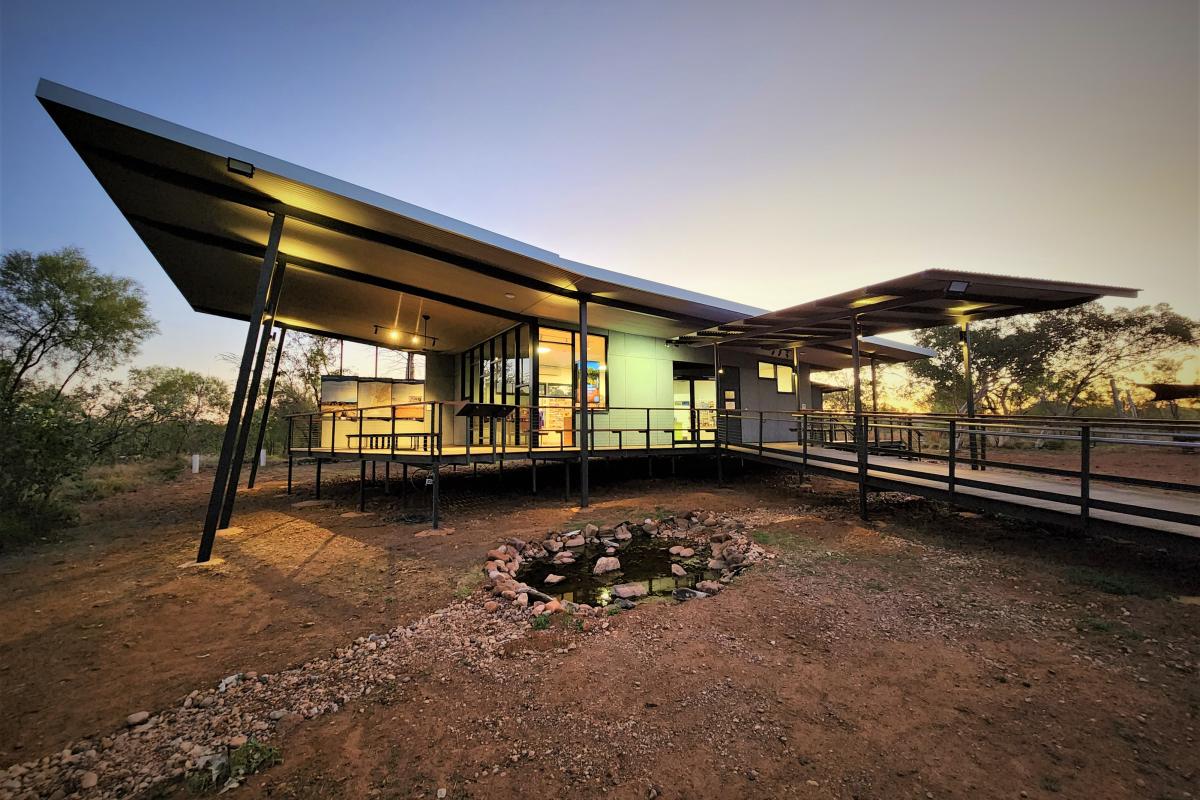Park Feature - Purnululu National Park
The towering rocky domes of the Bungle Bungle Range in Purnululu National Park have enchanted humans with their majestic beauty for tens of thousands of years.
This article appeared in LANDSCOPE magazine Spring 2023.
Jaru, Gija and Malngin people of the East Kimberley were recognised as native title holders during an on-Country ceremony in May 2023. They have lived near and among the soaring rock formations for thousands of years, thriving in the surrounding plains and living as one with the ancient landscape.
It wasn’t until as recently as the 1980s that this now well-known icon of the outback shot to national fame with its first significant media coverage. This coverage sparked an avalanche of interest — where was this remarkable landform, people asked, and just how did Mother Nature come up with its stunning design?
Geological attraction
Today, about 30,000 people travel to this remote part of Australia every year to experience the national park’s astounding natural beauty. They are drawn by the wild assortment of gorges, canyons and towering rocky domes.
Still more people visit the area on a scenic flight from within the park, or from Kununurra or Warmun. From the air, you can truly appreciate the beauty and vastness of the range. The beehive shaped domes soar more than 250 metres into the air and reach up to the horizon in an intricate maze of rusty red rocks. The towering domes change colour, from brown to red, orange and gold, as the sun progresses across the sky. All around, majestic palms grow in striking green contrast to the deep orange of the range’s rocks.
The sandstone, which makes up the range’s rocky domes, was deposited some 360 million years ago. Over the past 20 million years, the natural forces of rain and water sculpted the range to the intricate network of domes seen today.
The banded nature of the rocks came about thanks to bacteria known as cyanobacteria or blue-green algae. This dark ‘algae’ grows on layers of sandstone where moisture accumulates. The orange bands of colour come from different layers of rock, which dry out too quickly for the cyanobacteria to grow.
World heritage
Purnululu National Park was inscribed on the UNESCO World Heritage List in 2003, meaning 2023 marks 20 years since it was elevated to this distinguished list. Purnululu was listed for its exceptional natural beauty and scientific importance.
The Bungle Bungle beehive-shaped towers are unrivalled in their scale, extent, grandeur and diversity anywhere in the world. The intricate maze of towers is accentuated by sinuous, narrow, sheer sided gorges lined with majestic Livistona palms (Livistona victoriae).
The diversity of landforms and ecosystems throughout the park is representative of the semi-arid landscape and provide a beautiful visual buffer for the Bungle Bungle Range.
The sandstone formations of Purnululu National Park are of great scientific importance as they display, to an exceptional degree, evidence of geomorphic processes of dissolution, weathering and erosion of landforms under a savannah climatic regime.
Experiencing the wonders
Flying above the range in a plane or helicopter provides a unique perspective of the range’s size and beauty.
Alternatively, setting out on foot on one of the park’s many hiking trails provides the chance to spot some elusive animal life.
Charming western ring-tailed dragons (Ctenophorus caudicinctus) regularly sunbake along the trails and northern nail-tail wallabies (Onychogalea unguifera) may bound across the rocks. Ghost bats (Macroderma gigas) and rockhole frogs (Litoria meiriana) are often seen hiding deep within crevices in the rocks.
There is a wide variety of bird life— more than 130 bird species occur here, including rainbow bee-eaters (Meropsornatus) and flocks of budgerigars (Melopsittacus undulatus).
When visiting by vehicle, it’s important to take into account the vastness of the landscape and travel times on unsealed roads. It’s recommended to stay at least one night in order to travel safely and truly soak up the spirit of this enchanting place. There are two public campgrounds and some private lodges to stay at within the park, though booking ahead is a necessity.
In April 2023, a new state-of-the-art visitor centre was opened thanks to WA and Australian government funding.
The new, larger building was constructed to accommodate growing visitation. It includes a tropical verandah and large, east-facing windows that showcase the spectacular view to the Bungle Bungle Range.
The new visitor centre features innovative ways of interacting and learning about the park, including augmented reality where animals come to life out of artwork and an interactive touchscreen to delve into topics that interest the visitor, like the fauna, flora, geology or history of Purnululu.
Do it yourself
- Where is it? The turn-off to the park is 250 kilometres south of Kununurra or 109 kilometres north of Halls Creek. Access via a 53-kilometre, unsealed track. High clearance four-wheel drive vehicles and single axle caravans/campers only. Open only between April and November (weather permitting—always check during shoulder seasons).
- Total area: 239,723 hectares of national park and 79,602 hectares of conservation reserve.
- What to do: Hiking, photography, camping, nature observation, scenic flights. Must see sights are Cathedral Gorge, Echidna Chasm.
- Facilities: Camping at Walardi or Kurrajong campgrounds (both campgrounds have toilets). Fuel and supplies available from Warmun, on Great Northern Highway.
- Nearest Parks and Wildlife Service office: Ivanhoe Road, Kununurra (08) 9168 4200.
For your safety
- Walk in the early morning or late afternoon to avoid the hottest part of the day.
- Wear a hat, long-sleeved shirt, loose clothing, sturdy footwear and apply sunscreen.
- Sip plenty of water—one litre per person, per hour is a good guide.
- Take regular rest stops in the shade to cool down.
- Do not wave at helicopters unless there is an emergency.
- Drones are not permitted in the park.





